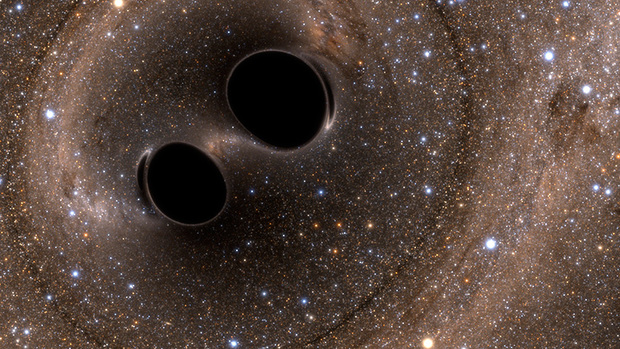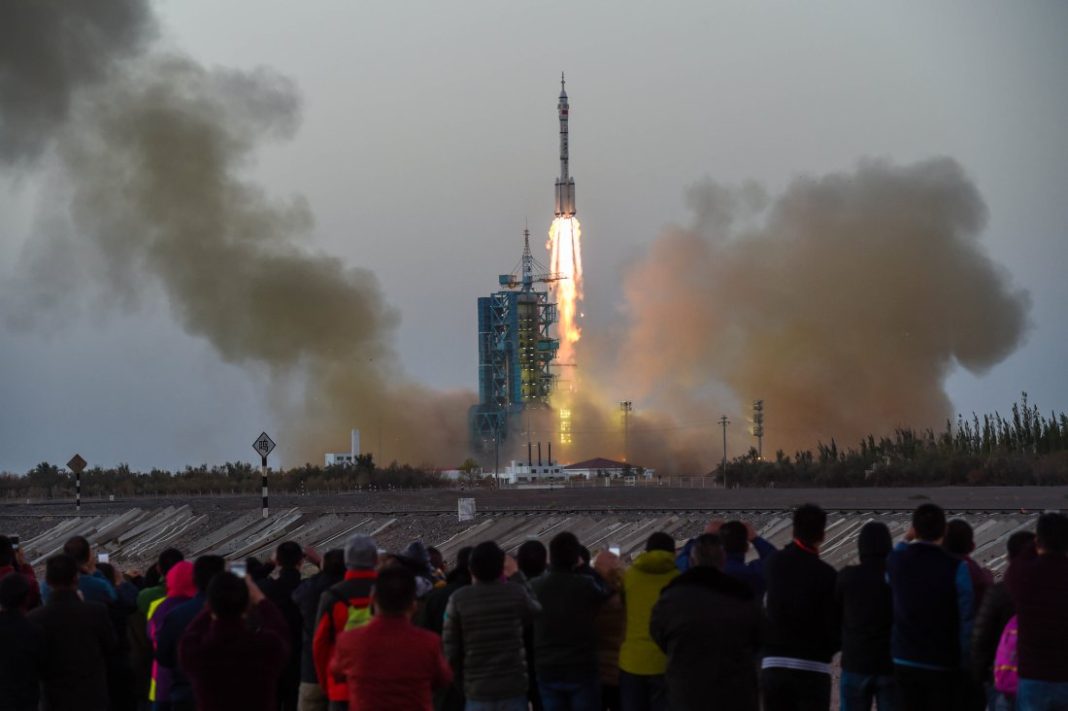There’s a lot of attention being put on gravitational waves at the moment as some monumental discoveries have been made over the past couple of years. Just last year the first ever gravitational waves were detected by the ground-based Laser Interferometer Gravitational-Wave Observatory (LIGO). And now scientists are turning to space-based LISA Pathfinder to see what that can tell us about the ripples in spacetime that Albert Einstein first predicted more than 100 years ago.
For about a year now LISA Pathfinder has been in orbit collecting valuable data from space. It was designed to be able to test whether two small cubes could be kept in a steady and measurable state of free fall and if it works, could be used to detect gravitational waves. By using a system that’s space-based astronomers are able to detect better ripples that oscillate over hours rather than seconds, like those detected by LIGO.
However, unlike LIGO, the LISA observatory would be able to pick up black holes that date back to the beginning of the Universe and are more than one million times the size of the Sun. The area in which it will operate would be tracked by three satellites flying in a triangle more than 620,000 miles apart. So far, astronomers are extremely pleased with the results LISA has achieved and are excited to announce it’s coming along ahead of schedule. Originally set to launch in 2031, scientists are now confident they can bring that date two years earlier, by which time it should have several other counterparts including a new wave detector in Italy called Virgo. With three gravitational wave detectors up and running, scientists can triangulate an observation and zoom in on its location.
Japan too is jumping onboard with their Kamioka Gravitational Wave Detector (KAGRA) due to open in 2020, and another is due to be built in India round about 2024. So, hold on to your hats as exciting times are to come in the world of astronomy. Just watch this space!
More News To Read
- For the First Time Ever Researchers Experimentally Achieve a State of Supersolidity
- Stem Cells Used to Create Artificial Embryo for the First Time Ever
- Can You Imagine How the World’s First Spaceport Will Look Like?
- Scientists Announce the Discovery of 7 New Habitable Planets That Aren’t Actually Habitable After…
- Movies and Games Become One with this Crazy New Technology











